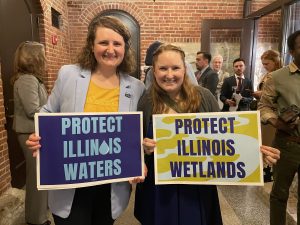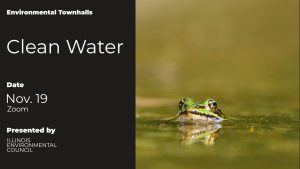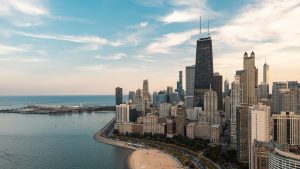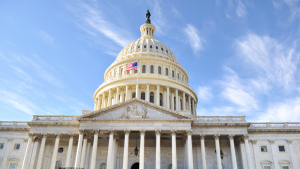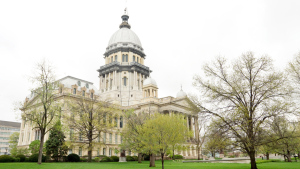Great Lakes
Containing nearly 20% of the earth’s fresh water, the Great Lakes represent the largest freshwater system in the world.

GREAT LAKES
The Great Lakes is the largest freshwater ecosystem on Earth

infrastructure
Illinois's water resources face many infrastructure challenges

nutrient pollution
Nitrogen & phosphorus pollution degrade our water

drinking water
Lead in drinking water threatens many IL communities
Threats To the Great Lakes
Current Great Lakes Laws
The primary federal law governing water pollution, with the objective of restoring and maintaining the chemical, physical, and biological integrity of the nation’s waters by preventing pollution, providing for the improvement of wastewater treatment, and maintaining the integrity of wetlands. Under the CWA, states have the “primary responsibilities and rights” to achieve the Act’s objectives.
With regards to point sources of water pollution discharges, the EPA determines discharge levels, issues and enforces permits, oversees a state’s program administration, and will take over if it determines that the state is underperforming.
The EPA establishes criteria for water quality, which is presumptively binding on states, each of which may establish designated water uses as long as the use doesn’t interfere with the attainment of downstream water quality.
The rule more precisely defines and predictably determines the scope of “waters of the United States” protected under the Clean Water Act. It clearly protects the streams and wetlands that form the foundation of the nation’s water resources from pollution and degradation.
Also known as the “Final Water Quality Guidance for the Great Lakes System,” the initiative is a comprehensive plan between the EPA and Great Lakes states to restore the health of the Great Lakes. The initiative includes criteria for states to use when setting water quality standards for 29 pollutants, including bioaccumulative chemicals of concern, and prohibits the use of mixing zones for these toxic chemicals.
The Great Lakes-St. Lawrence River Basin Water Resources Compact is a legally binding interstate compact between Illinois, Indiana, Michigan, Minnesota, New York, Ohio, Pennsylvania and Wisconsin. The compact details how the states will manage the use of the Great Lakes Basin’s water supply and is the means by which each state will implement its commitments under the Great Lakes–St. Lawrence River Basin Sustainable Water Resources Agreement that also includes the Premiers of Ontario and Quebec. The Council of Great Lakes Governors serves as secretariat to the Governors’ Compact Council created by the Compact. Illinois is exempt from certain provisions of the compact pertaining to new or increased withdrawals or diversions from the Great Lakes.
Section 52.5 of the Illinois Environmental Protection Act prohibits the production, manufacture, distribution and sale in Illinois of any personal care product containing plastic particles less than 5 millimeters in size. When consumers use personal care products such as facial scrubs and toothpaste containing microbeads, the beads are rinsed down the drain and into our sewer systems. Because of their small size and buoyancy, microbeads escape treatment by sewage plants and are discharged into rivers, lakes and oceans. These microbeads then absorb toxic chemicals which can be eaten by fish and wildlife.
Clean Water Updates
In Wake of New Federal Rollbacks of Clean Water Protections, IEC Calls on Governor Pritzker to Respond
Illinois — On Monday, the Trump Administration’s Environmental Protection Agency (EPA) and Army Corps of Engineers announced the Polluted Water Rule, which further restricts which...
Read More >>2025 Clean Water Townhall
Is Illinois on the right track? Help shape IEC's Clean Water policy priorities as we head into 2026.
Read More >>Keep Your Eyes Open for Invasive Species This Halloween
Ghosts, Ghouls.....and Invasive Species? Learn about some of the spookiest invasive species in Illinois.
Read More >>A Guide to Water Policy Terminology
From safe drinking water in Chicago to clean rivers downstate, Illinois water policy shapes our daily lives. Understanding the language behind it helps every community...
Read More >>Analysis: Understand the Federal Government Shutdown and Its Impact on Illinois
Congress failed to meet its October 1 deadline to pass a funding bill, triggering a government shutdown that has suspended key environmental programs, furloughed government...
Read More >>2025 Environmental Scorecard
IEC's state legislative team has published our 2025 Environmental Scorecard evaluating the performance of every Illinois state legislator based on their environmental voting record.
Read More >>
